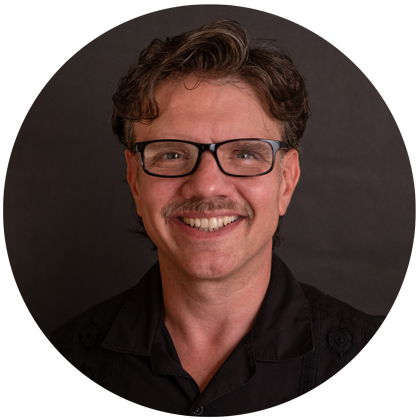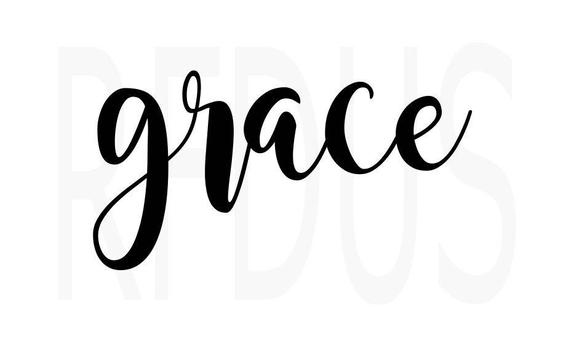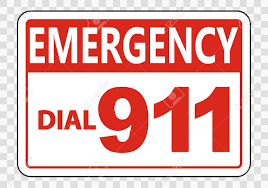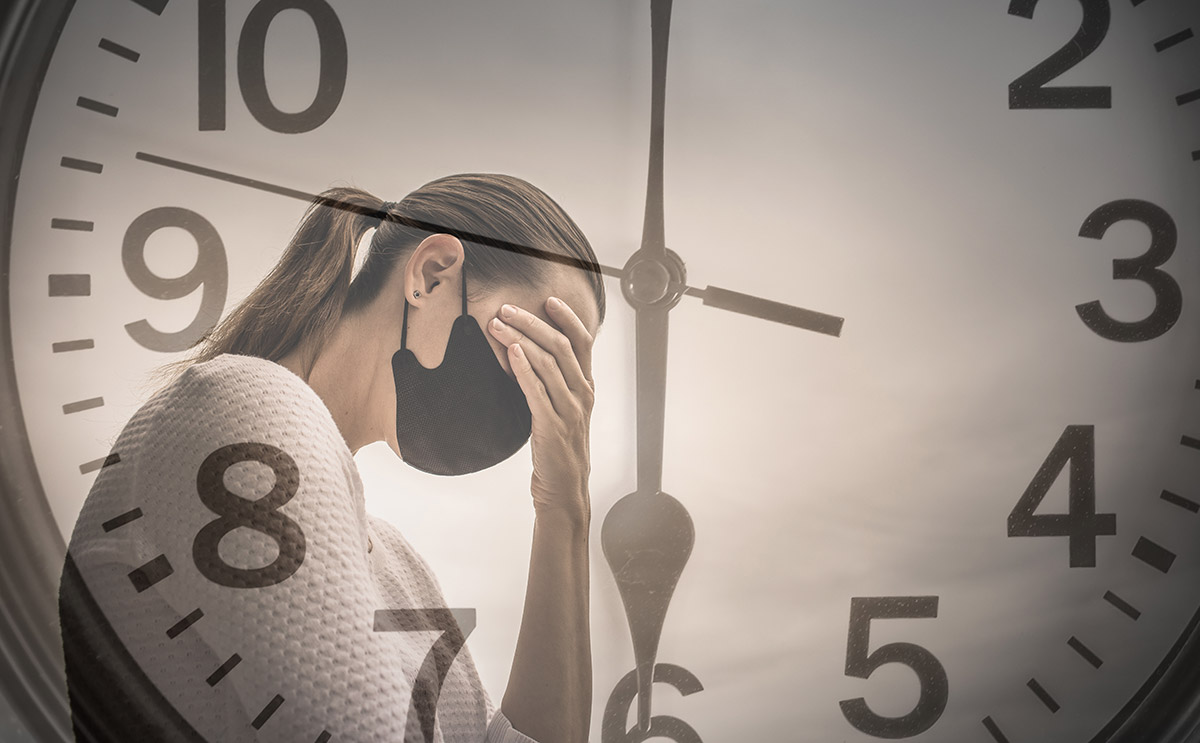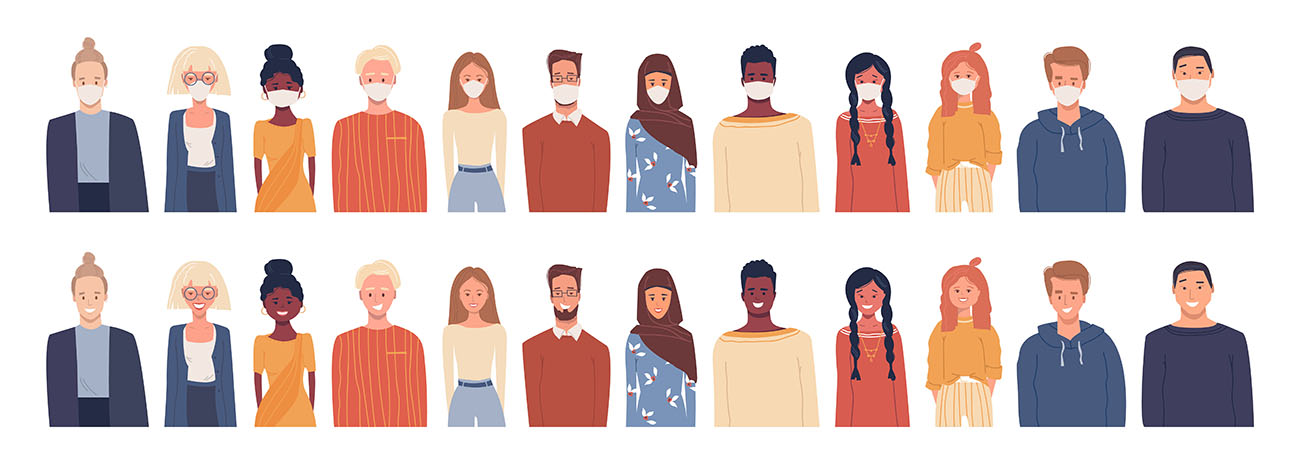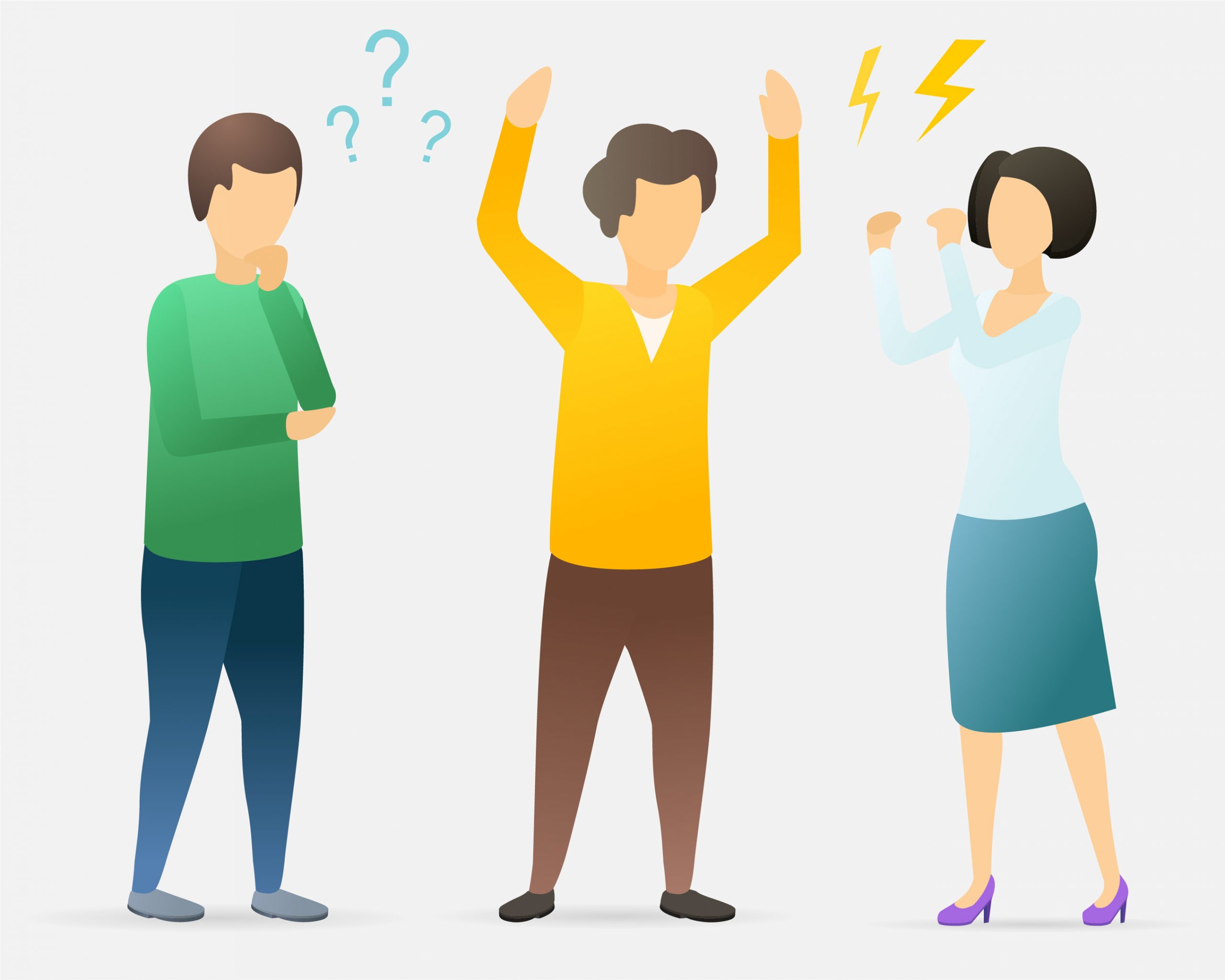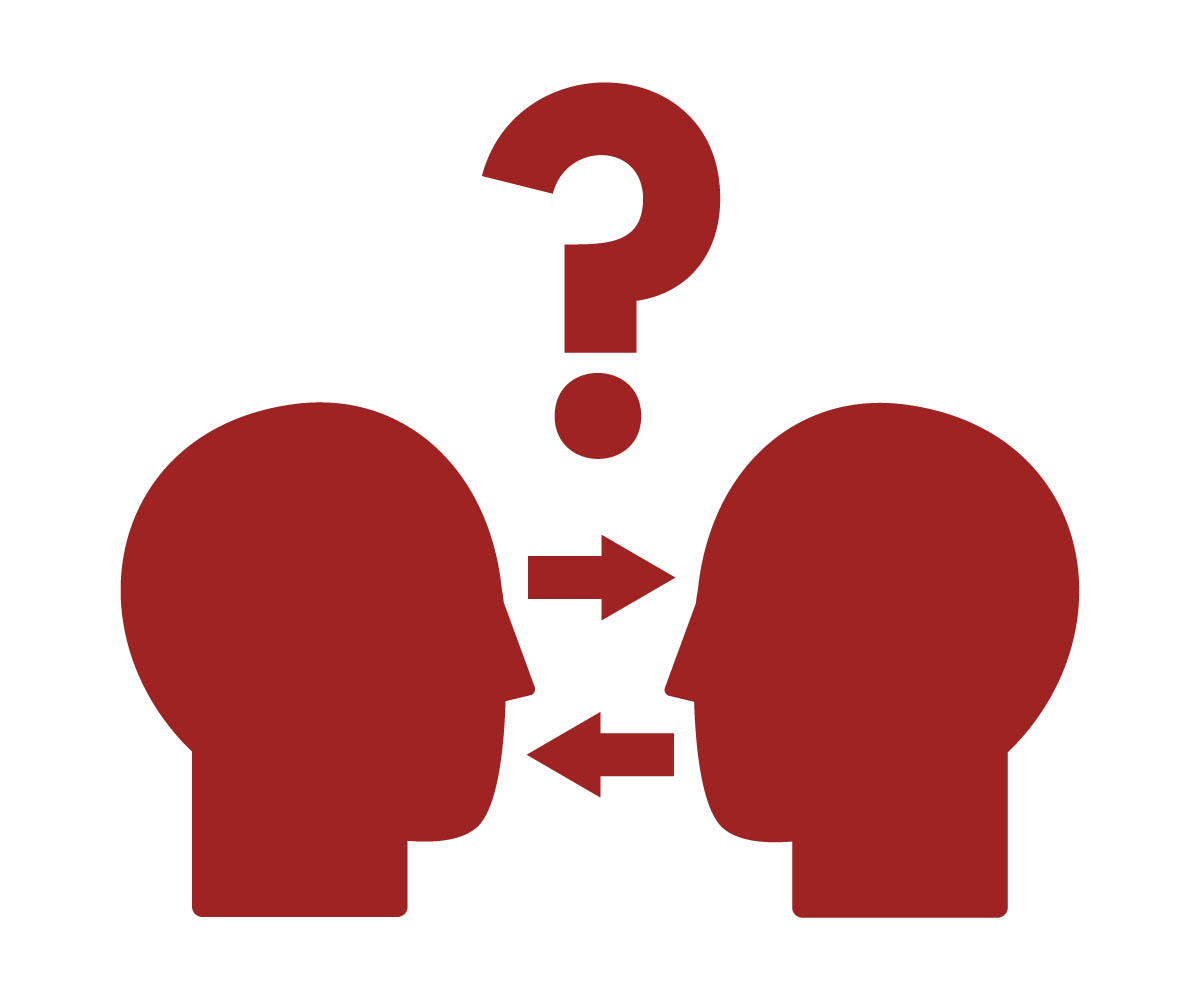2021 was a YEAR OF SIGNIFICANCE – in ways we may not fully know for quite some time
I hope this finds all of you doing as best as you can, given what you have and what is going on around you. Life is obviously so hard for so many people right now – – and it has been this way, during these last two years of pandemic – – and beyond for many of the people in my communities where I live, work, and play.
I have had the opportunity during this past year to witness some of the finest in people, and I’ve also witnessed some of the worst of human behaviors, attitudes, and communication practices during the last year+. What’s more, I’ve had a number of specific, unique experiences over this year that gave me reason for pause and reflection.
I’ve felt confused, sad, elated, impressed, worried, disappointed, frustrated, and concerned often in 2021. I know I’m not the only one. I continue to search for meaning and clarity when there’s often not a lot of either directly in front of me. I know that, for many of us, this past year has been one where we “keep going” against numerous obstacles, including an abundance of those that are unseen.
SHOWING UP IN THIS WORLD
I choose to show up in life in a number of settings where people are suffering. This has been so for me for most of my life, going back to childhood. I was drawn to seeing what was/is behind the curtains and veils of our society. Something about growing up in the world I was raised in and observing an abundance of inconsistencies around me made me curious. Why did we seem to be prospering as a society, yet so many people around me were suffering in plain sight? Why was so much blaming/shaming/harming being done towards the most vulnerable people around me while others – often those with significant means and influence – be able to act in ways minus accountability?
I grew up understanding that life isn’t fair, yet I was taught to strive towards fairness. I learned that people are not all the same, while also seeking out the similarities and consistencies among peoples (for example, my experiences lead me to believe that all people want to be respected and treated in a manner that is non-harmful). I was encouraged to understand people & situations as thoroughly as possible in order to make sound decisions and choices, yet to be careful to avoid significant judgment of others as I do not know the reasons & justifications they have for some of their actions.
This year was yet another test of my humanity and I figure I’m not the only one. Again, these extremes of witnessing the best & worst in people this year – sometimes during a 24-hour period with the same person – made this year all the more interesting.
SEEING THE BEST IN HUMANITY
In terms of seeing the best in people, I had the great fortune to be involved in some truly amazing professional, clinical interactions this year. I continue to work across many professional groups: healthcare staff, social service providers, educators, civil servants, and other community-based professionals. In 2021, I was able to see an abundance of complex situations faced by individuals, teams, and organizations. While this has been part of my professional journey since the 1990’s, these past two years have provided a wealth of new challenges that most of us were not anticipating.
Of note, my current service contract with Public Health Seattle/King County (PHSKC) and the local HealthCare for the Homeless Network (HCHN) has been a gift. In the spring of this year, I was contracted to provide clinical support for PHSKC / HCHN staff & volunteers for the sake of managing the intense burdens of providing compassionate care amidst significant hardship and struggles related to the pandemic. We focus a lot on the Compassion Fatigue & Burnout issues that face individuals and teams. We talk (process) a lot and strive to generate ongoing support efforts that can be sustainable beyond any one meeting.
I cry a lot with frontline healthcare providers. I cry whenever I hear their struggles. I cry when I hear their stories of witnessing hardship, despair, and death as part of their jobs. I cry a lot when I hear the stories of people’s personal suffering outside of the job (the loss of loved ones from/during covid, their experiences of suicide and/or overdose in their family & friend communities, their sleepless nights afraid for their clients, their families, and their own well-being).
I’m so impressed with the people that can continue to show up in life with as much grace and gratitude as possible, amidst the grief and hardships that they witness and they may be experiencing in their immediate lives & world.
SEEING THE WORST IN HUMANITY
I’ve also seen some of the worst in people this year. Their anger. Their fears manifesting in ways that harm others (verbally, physically, socially). Their outright denial of truths unfolding right in front of them. For many of us, it seems easier to focus on these elements of humanity. Especially now. There’s so much fear and suffering that it seems more contagious than the current Omicron variant emerging internationally.
I’ve been present in conversations (training workshops, formal debriefings, clinical consultations, and a few casual, personal discussions) where people have shared what they have witnessed and experienced in this world of suffering over these last two years. It can be / has been staggering. The levels of depression, anxiety, substance use, violence (intimate partner violence / domestic violence, self-harm, random acts of aggression or hate, etc.) seem hard to calculate {Note: links below}. I unfortunately believe that the data will not be clear to us for years, yet I have an immediate understanding based upon my work & life that we will look back on these years staggered by the number of losses of lives to overdoses and to our unhoused neighbors with non-covid-related ailments.
The pandemic’s immediate impacts for most people cloud over what many of us with boots on the ground know now: the suffering experienced by those historically underserved and marginalized is only getting worse. Vulnerable people are being immeasurably harmed during this difficult period of our life. Our minimizing of their life situations prior to the pandemic only makes those clouds denser and block our ability to see what is all around us: People who already had it hard are bearing the brunt of the suffering of this pandemic, directly and indirectly.
REFLECTION AND MOVING FORWARD
This year has had me experiencing this range of emotions, sometimes over just a couple of hours. This year has brought me hope and doubt. I strive to lean towards the hope. Hope is different than optimism for me – and apparently others, as I’ve been having this conversation a lot these last couple of months.
My hope is that the presence and ongoing nature of suffering can offer us opportunities to see the benefits of mutual support and collaboration efforts. Yet I know that some people will go in the opposite direction and double-down on the harm, fear, hatred, shaming, blaming, and lying that offers no healing and only serves individuals, rather than the collective.
I’ll conclude this note with this: To those of you who continue to strive to be genuine, honest, authentic, transparent, vulnerable, responsible, and loving towards yourself and others: I believe in you. Keep going. Please. We must continue to be strong amidst all of the suffering, deceit, gaslighting, and oppression in this world. It is hard. I know this personally. Yet it is worth it. Please do not let the Haters lead you, me, or us in other directions.
Life is absolutely not all unicorns and rainbows (I phrase I use a lot when discussing “Balanced Perspectives” as part of my work). Yet we must be careful to not let toxicity overwhelm us. I wish for you, me, and us all the best in the ongoing efforts it takes to stay strong & balanced in life. It is work. It is effortful. It is challenging. Hopefully that makes it worthwhile as well.
I look forward to standing with those that are able to keep on working towards improving the miserable conditions that exist in our world. Thank you for reading and joining me.
Research & Data Links of note:
https://www.cdc.gov/nchs/pressroom/nchs_press_releases/2021/20210714.htm
https://www.ncadv.org/statistics
